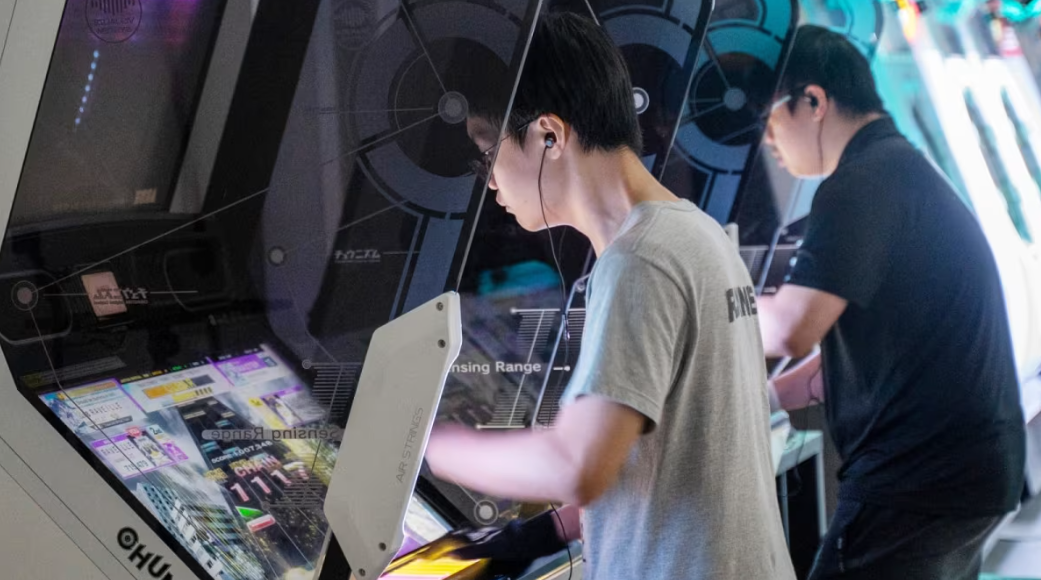How Speedrunning Became a Popular Gaming Subculture
Speedrunning began as a niche interest among gamers in the 1980s, driven by competition and the pursuit of record times. As technology advanced, online streaming allowed players to showcase their skills to a broader audience. This shift transformed speedrunning into a vibrant subculture, characterized by collaboration and community events. Yet, the evolution of this phenomenon raises questions about its future direction and impact within the gaming landscape. What lies ahead for this ever-growing community?
The Origins of Speedrunning
Although speedrunning may appear to be a modern phenomenon, its roots trace back to the early days of video gaming in the 1980s.
Born from arcade origins, players sought to outpace each other’s times in classic titles. This competitive spirit fostered a unique subculture, where gamers embraced the challenge of mastering levels, pushing boundaries, and redefining what it meant to conquer virtual worlds.
The Rise of Online Streaming and Community Engagement
As online streaming platforms gained popularity in the early 2010s, they transformed the landscape of speedrunning, enabling players to share their achievements and foster community engagement like never before.
Gamers connected through community forums, exchanging strategies and tips, which further enriched the experience. This newfound accessibility empowered individuals to showcase their skills, creating a vibrant culture that celebrates competition and collaboration in the speedrunning community.
See also: How AI-Powered NPCs Are Making Games More Realistic
The Role of Games Done Quick and Charity Events
Games Done Quick (GDQ) has emerged as a pivotal force in the speedrunning community, significantly amplifying the visibility of the subculture while simultaneously promoting charitable causes.
Through organized events focused on charity fundraising, GDQ fosters community collaboration, uniting players and viewers in a shared mission.
This synergy not only enhances the gaming experience but also champions the spirit of giving, empowering participants and spectators alike.
The Future of Speedrunning: Trends and Innovations
What lies ahead for the speedrunning community as technology and gaming culture continue to evolve?
Innovations in technology integration promise enhanced platforms for recording and sharing runs, while new competitive formats may emerge, fostering collaboration and rivalry.
As accessibility increases, diverse participants will reshape the community, driving trends toward inclusivity and creativity, ultimately transforming speedrunning into a more dynamic and engaging subculture.
Conclusion
Speedrunning has transformed from a niche hobby into a vibrant subculture, fueled by community engagement and charitable initiatives. As technology continues to evolve, the potential for innovation within speedrunning remains boundless. With new games and platforms emerging, one must wonder: how will the next generation of speedrunners redefine the boundaries of completion times? This dynamic landscape not only enriches the gaming experience but also unites players across the globe in their shared pursuit of excellence.




